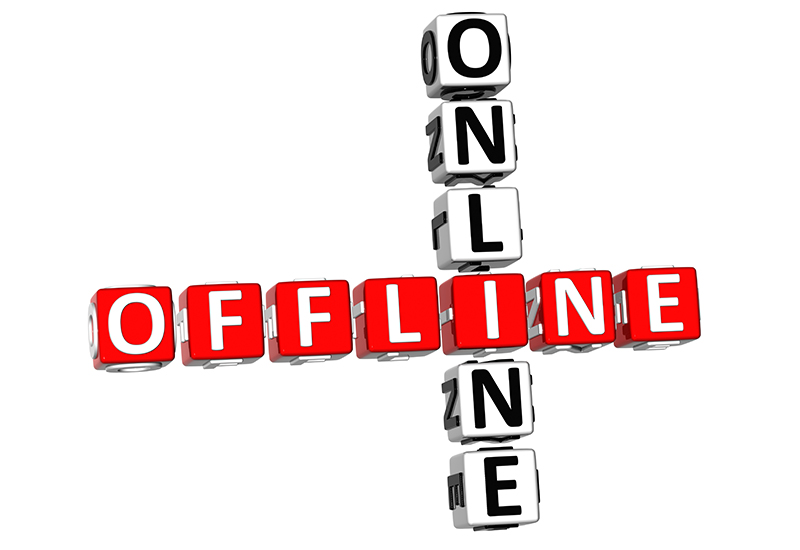The last decade saw a massive shift of those involved in print and billboard advertising to digital mediums. However, we are now seeing a reverse trend where digital marketers are increasingly coming to grips with the nuances of offline advertising (TV, print, and OOH ads). The reason behind this transition is not very hard to fathom. Digital consumers are increasingly demanding a seamless online-offline experience. Irrespective of the device they use to consume content, the delivery should be uniform and uninterrupted.
Why is this change interesting today?
OOH and TV are rapidly going the digital way. TV will eventually be bought programmatically to enable better impact among a select audience. It is no surprise that even startups and emerging businesses are placing their trust in OOH and TV ads to expand their brand awareness across the nation.
The evolving tech landscape too has made it possible for marketers to allow these media channels to be more targeted, drive better inventory buying, and enable insightful performance monitoring. This gives off positive signals for marketers of multinational companies and startups alike.
How to integrate both?
You need to plan your strategy around a solid framework. We trust the purchase funnel to be a viable ecosystem around which we can plan the online-offline integration strategy. Right from base level awareness about the brand to eventual conversion, all milestones of the purchase funnel can be programmed to integrate online and offline. There is no set rule which dictates which idea to use at what stage.
A wise approach would be to create a successful customer journey that targets the offline-online touchpoints at the right time. It also delivers ads that complement both mediums for a great omnichannel experience.
We see that offline depicts the below characteristics:
1 – Low cost per thousand
2 – Wider reach
3 – More expensive to run due to elements like banners, TV commercial slots
On similar lines, online channels depict the below characteristics:
1 – Higher cost per thousand
2 – Narrower reach
3 – Much less expensive to run
With these characteristics in mind, we can have the below approach:
1 – Use offline for upper-funnel activity (i.e. promoting reach and brand awareness)
2 – Use online for lower-funnel activity (i.e. for acquisition, conversion, and brand loyalty)
Why timing plays a key role?
The duration of your ad campaigns has a bearing on what type of channels you use for brand promotion. If you need quick results in a matter of months then it makes sense to roll out both offline and online campaigns at the time.
For e.g. you can start off with an OOH campaign to promote brand awareness, followed by intense paid search campaigns that target the online channel. Optimising the ad spends in both channels via carefully thought out campaigns will be a wise thing to do. You will see a direct impact on the cost per acquisition (CPA) or campaign impact when this is done.
What are your thoughts about closing the gap between the online-offline divide in the world of marketing? Do share your unique experiences with the world by commenting in the box given below.




